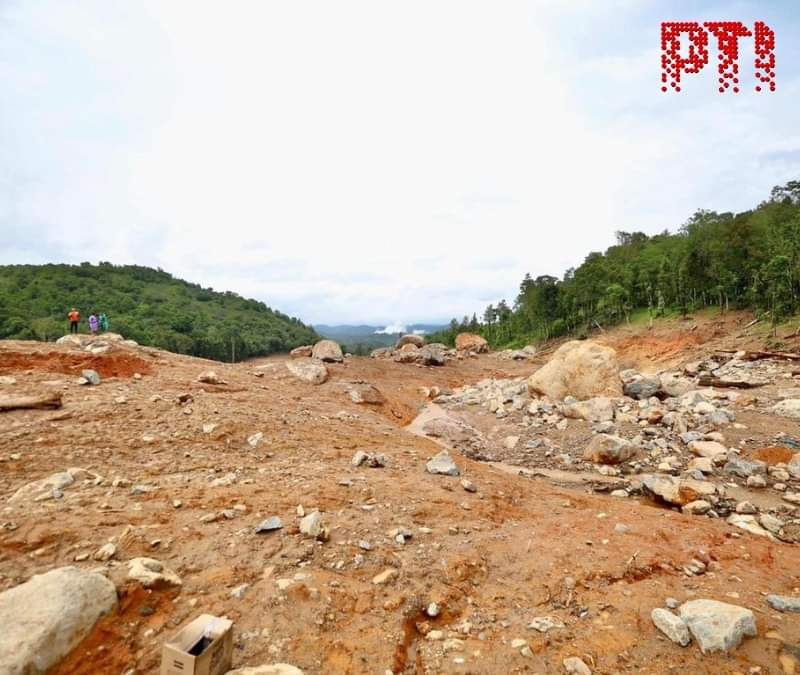#Mitigating future landslides.
The massive landslides in Wayanad, resulting in significant loss of life and many missing persons, can be attributed to several physical science principles. The extensive quarrying and construction activities disrupt the natural stability of the hillside. Quarrying removes vegetation and destabilizes the soil, reducing its cohesion.
Similarly, the construction of tunnels and roads often involves blasting and excavation, which alters the natural drainage patterns and introduces vibrations that can destabilize slopes. These activities can weaken the rock and soil structure, making it more prone to collapse, particularly during heavy rainfall.
Acoustics, the science of sound, plays a role in this scenario through the vibrations caused by machinery and blasting. The vibrations from these activities can induce stress in the geological formations, leading to cracks and eventually landslides.
When construction and quarrying operations use explosives or heavy machinery, the resulting acoustic waves can propagate through the ground, contributing to the destabilization of slopes. Thus, while acoustics might not be the primary cause, it contributes to the broader spectrum of factors leading to landslides by causing ground vibrations.
To prevent further landslides in Wayanad, several measures should be implemented. First, stringent regulations should be enforced to limit quarrying and construction activities in vulnerable areas. Implementing better land-use planning and zoning can help avoid such activities in geologically unstable regions.
Additionally, enhancing drainage systems to manage rainfall runoff effectively can reduce water accumulation in soil, which often triggers landslides. Finally, reforestation efforts and soil stabilization techniques should be employed to restore vegetation and reinforce soil cohesion, thereby mitigating the risks of future landslides.



No comments:
Post a Comment